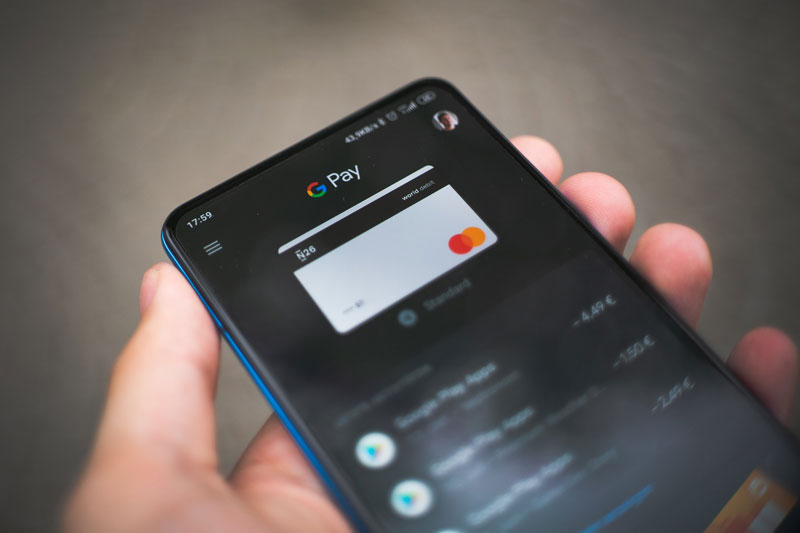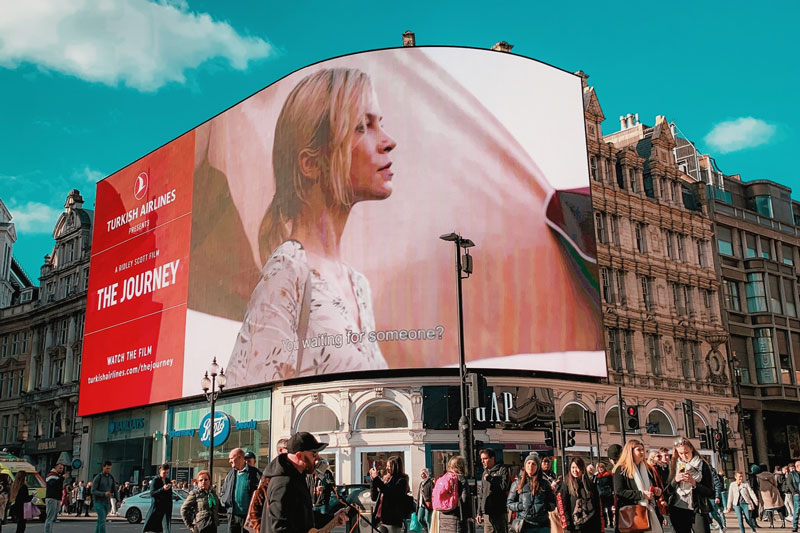The Public Transportation sector isn’t an easy one to work in. With so many variables to balance and get right, the pressure is on Transit Agencies to create services that not only appeal to the public, but are personalised, reliable and affordable.
Public Transportation can have negative connotations based on unpleasant user experiences, making it harder for transit agencies to provide a compelling alternative to single-occupancy vehicles (SOV).
For example, when services run too early or late, are dirty, breakdown, it’s at full-capacity or there are not enough flexible options—Public Transport Operators are in the firing line. Yet, it’s a rare occurrence to hear praise for a service that actually works. Thankfully, this is changing.
How do we improve Public Transport services?
In order to improve transport services, strategies need to be implemented to make transportation more attractive. And to do that, it’s important to assess current operations and determine where changes can enhance the passenger experience.
Let’s take a look at six strategies to make Public Transport more attractive.
1. Promoting health and safety
Let’s address the elephant in the room.

People are a little hesitant to jump on Public Transport while the world is facing a pandemic.
Communicating to the public that scheduled cleaning is in fact occurring, and how often, is imperative to make sure that passengers feel comfortable. Or encouraging passengers and staff to use face masks will demonstrate the behaviour you are recommending passengers to take and positively reinforce this.
It should also be noted that ensuring services can accommodate for social distancing is another important factor that comes into play. Nervous individuals are unlikely to jump on Public Transport if they’re not comfortable they can safely distance from other passengers.
As well as modelling preferred behaviours, contact tracing will be imperative—which is generally pretty difficult without enforcing sign up sheets or Apps for people to download. And even so, it’s difficult to know if every commuter has checked-in if it’s not being monitored.
This creates a challenge for Transit Operators, which is why we recommend the integration of technology that can confidently make this happen with ease.
Let’s look at how integrating technology into your transit service can help improve services.
2. Befriending technology
Technology can become an incredibly efficient resource and friend for Transit Agencies in need of revamping their services so they can better cater to the needs of the community.
Technology can ensure that transit services are more precise and reliable by optimising their systems in ways once never thought possible. The latest tech development within this space has been the recent introduction of Dynamic Demand-Responsive Transport—also referred to as ‘On-Demand’ or ‘microtransit’ within the transportation sector. The capability of Dynamic Demand-Responsive Transport (DDRT) ensures that modes of public transport are efficient, utilised and coverage increases in a cost-effective manner.
On-demand services are usually accessed via an App or passengers can book trips through a call centre, within the constraints of set service zones and service times. The adoption of on-demand buses has allowed local authorities and governments to provide innovative and flexible transport alternatives to minimise common pain points associated with traveling. This includes cutting down the time and costs associated with parking, fuel usage and CO2 emitted from single-occupancy vehicles.
Demand-Responsive Transport is particularly valuable in rural areas where fixed-route Public Transport isn’t as frequent due to larger service zones and lower population density.
There’s nothing worse than unused Public Transport, particularly during out-of-peak service times—it’s an unnecessary waste of time and resourcing. However, when helpful technology is available, like DDRT, passengers can be serviced when it suits them and consequently, transport is only used when it’s actually needed.
This means that fixed-route transit services can operate more efficiently using dynamic feeder services to improve their utilisation. This makes it far more attractive to the general public because of its ability to meet and service individuals where they are.
And in light of health and safety requirements associated with the pandemic, social distancing, schedules cleans and contact tracing can all be achieved with the implementation of these technology systems.
Looking at opportunities to implement some form of Dynamic Demand-Responsive Transport in a contextually appropriate way will assist in making Public Transport a more attractive option to commuters, and improve the utilisation of existing fixed-route services.
3. Become more sustainable

Sustainability is another attractive shift in favour of Public Transport for both passengers and Transit Operators.
For passengers, taking advantage of a service that is better for the environment is a great motivation to encourage commuters to make the switch to Public Transport. Younger generations are becoming more eco-conscious, and with this society is adapting by creating products or services to accommodate.
For Transit Operators, making the shift to sustainable patterns will assist in taking ownership of Corporate Social Responsibility and taking a serious step toward minimising the environmental impact of services.
This can be done in a number of ways:
- Becoming carbon neutral by offsetting CO2. For example, our business offsets all CO2 emissions through entities such as GreenFleet.
- Supporting and purchasing greener products internally and externally.
- Implementing on-demand services to cut down on deadheading and empty fleets. For example, Demand-Responsive Transport is a great demonstration of how Agencies are servicing passengers in a more environmentally friendly way.
Communicating a greener and more sustainable service is definitely an attractive strategy to encourage the public to utilise transit services.
4. Safer contactless payment options
Society is becoming more cashless, and with it, transit systems need to implement digital ways to collect fare payments to enhance the passenger experience and make it safer with contactless payment options.
If the adoption of contactless payment hasn’t been implemented yet, Transit Agencies need to make changes quickly, in order to ensure that there is a mechanism to maximise the opportunity to provide a convenient alternative to cash payments, particularly in light of the health and safety challenges associated with the pandemic.
Cash and cashless payment enables efficiency, and improved safety, whilst providing an equitable option for the unbanked.
Many states make it easy for passengers to consolidate their fare payments on a tech platform or payment gateway to manage online payments, with prepaid transport only passes or ‘tap and go' properties.

Having an all in one system that integrates with an operating system is ideal for Transit Operators. This is because it assists in creating a more attractive public transport alternative with the opportunity to book and pay for rides all in one place. Providing special features like being able to ‘prepay’, or ‘top up’ will provide a positive, convenient and safer user experience for passengers.
5. Modernising fleets to meet the needs of a modern-day workforce
The ways in which people use transportation is always evolving. And with the recent mass movement towards remote or mobile working, modernising fleets to meet the needs of a modern-day workforce will immensely benefit Transit Agencies for the long-term.
Fleets that enable Wifi turn an unattractive Public Transport trip on an old bus into an efficient and productive journey for a younger, tech-savvy workforce.
However, it should be noted that no one really wants to use Public Transport services that aren’t regularly being maintained to a high standard.
And especially in light of COVID-19, appropriate measures need to be taken to ensure hygienic practices are being upheld to protect the community.
If public transit services are convenient and affordable, the quality of the fleet might be negotiable for some passengers. However, the better the experience is overall, the higher likelihood of repeat journeys and positive brand association. This is where modernising your fleet will put your service above competitors.
The quality and modernisation of a fleet also can be the difference between winning and losing a passengers ticket. If your service isn’t as comfortable as the likes of personal cars, taxi’s or rideshare services—then you could be missing out even if your service is cheaper.
Modernising fleets may feel like an unnecessary cost. However it’s a better long-term investment in order to keep passengers using the service, instead of trying to win them back later on after you’ve upgraded and they’ve already moved on.
Product offerings like air conditioning, USB ports, charging stations, well-kept seating and free wifi can go a long way!
6. Communication and marketing
Communicating with passengers and marketing Public Transport to the public is paramount.
You could be making an effort to ensure that the above strategies are being implemented but this isn’t communicated with them, how are they to know it’s available?
This is where strong marketing and communication strategies come into play.
Positioning Public Transport services in a particular light and highlighting positives is important in order to encourage frequent use. To do this it’s important to use a number of different online and offline channels as marketing tactics.
This is where communicating the sustainable benefits of using Public Transport over SOV’s will appeal to a more environmentally conscious audience.
Remember, communication is key.

Without Public Transport, many people would not have access to opportunities or essential services. Access to transportation is a fundamental right for members of modern society and it is a vital part of the society we have created.
It’s our job to therefore evolve as society has done before us, in order to meet the needs of the community as it continues to adapt.
If Transit Agencies don’t make an effort toward the continual improvement of their services—they will continue to face ample competition on a daily basis.
By implementing the above strategies across transit services, this will continue to help make the industry more attractive to a wider range of commuters.
Check out how Dynamic Demand-Responsive Technology can help do this—speak to a Mobility Specialist today.
%20(1).jpg)
